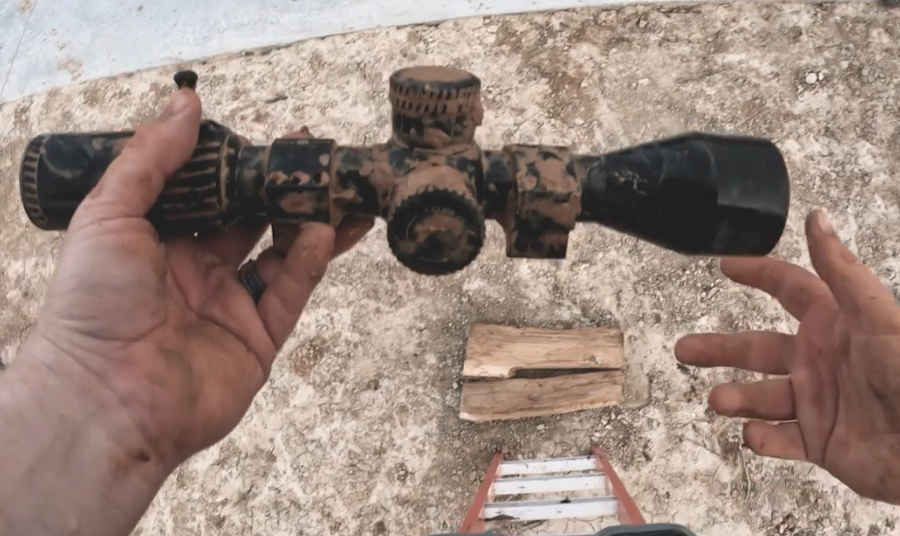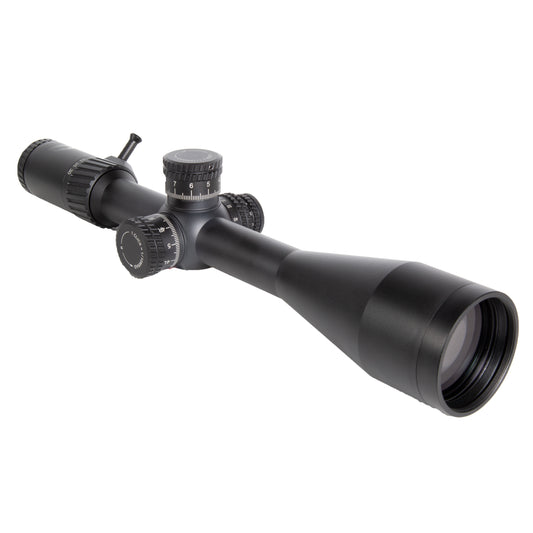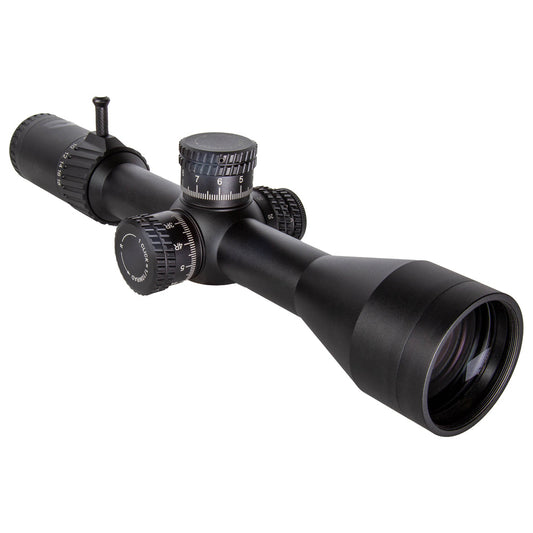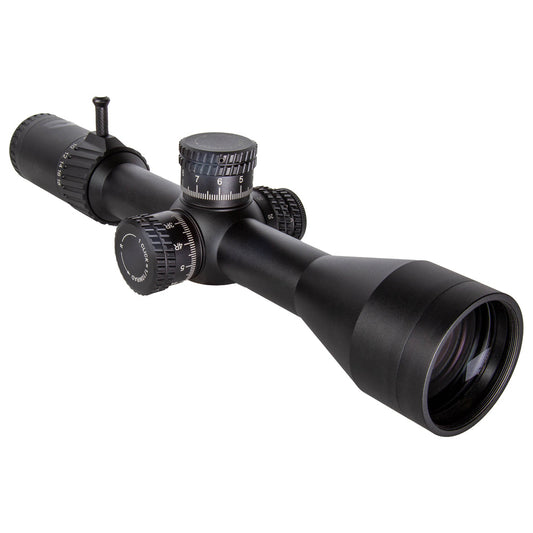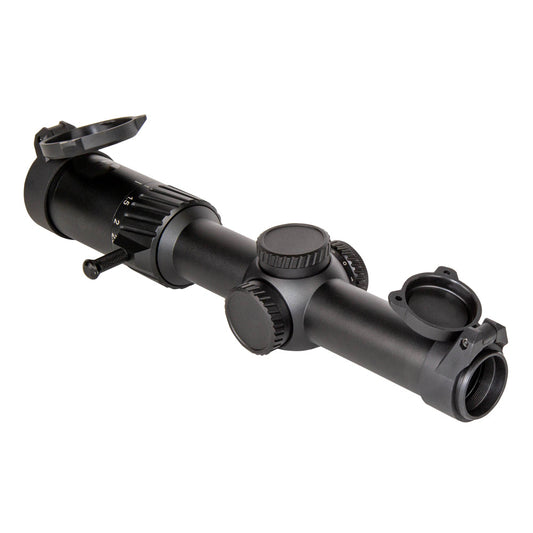If you’ve spent any time in the comment sections of our social media, you’ve probably seen the usual skeptics. “Sightmark scopes don’t hold zero.” “They’re toys, not real riflescopes.” “My cousin’s best friend’s uncle had one in 2009, and it fell apart when he looked at it funny.”
Alright, we hear you. And while we could just tell you that our riflescopes are built to handle the real world, we figured it’d be a lot more fun to prove it.
So, we grabbed a Presidio 3-18x50, slapped it onto a .308 bolt-action rifle, and put it through a no-holds-barred torture test. Just to prove we’re serious, we had five cameras rolling the entire time, just so you can be sure we didn’t stage anything. No cuts, no trucks, just pure, unfiltered abuse.
Ultimate Rifle Scope Durability Test: Water, Mud, Gravity, and Fire
We started by submerging it in water—not the clear, crisp Fiji kind either. We threw it in some nasty swamp water, because let’s be honest, that’s the kind of stuff your scope is more likely to fall in when you’re tracking hogs out in the boonies. After being mounted back on the rifle, there were no leaks, no fogging, and no issues of any kind.
Next, the mud bath. We caked it in thick, grimy, sludge—the kind you’d find if you ever take a less-than-graceful fall into a swamp. Even covered in dirt, the turrets still turned, the glass stayed clear, and the reticle stayed sharp.
Then we got to the fun part: The drop test. MIL-STD 810 testing requires optics to survive a 4-foot drop onto hard surfaces. We decided to crank it up to 10 feet. The result? A few scuffs and scratches—but no shift in zero.
And because we’re nothing if not thorough, we threw it in a campfire. Yep. Actual flames. The scope came out smoking (literally), but the reticle was still crisp, the turrets still responsive, and the zero still rock-solid.
Real-World Ruggedness: The Rifle Had More Problems Than the Scope
As a matter of fact, the rifle had more problems than the scope. Dirt and grit from the scope seeped into the chamber, causing the bolt to struggle—but the Presidio kept going like it didn’t even notice.
So, to the skeptics, we say this: Go ahead. Put your Sightmark scope through the wringer. It can take it.
And if you’re still not convinced? Watch the video. See it for yourself. Because while the internet is full of opinions, we prefer proof.
To buy the Presidio 3-18x50 riflescope, click here and experience rifle scope durability for yourself.
Frequently Asked Questions
What kind of durability tests was the Sightmark Presidio 3-18x50 riflescope subjected to?
The riflescope was submerged in swamp water, covered in mud, dropped from a height of 10 feet onto hard surfaces, and even thrown into a campfire.
Did the riflescope experience any issues after being submerged in water?
After being mounted back on the rifle, there were no leaks, no fogging, and no issues of any kind.
How did the riflescope perform after being covered in mud?
Even covered in dirt, the turrets still turned, the glass stayed clear, and the reticle stayed sharp.
What was the result of dropping the riflescope from a height of 10 feet onto hard surfaces?
The riflescope had a few scuffs and scratches, but there was no shift in zero.
What happened when the riflescope was thrown into a campfire?
The scope came out smoking, but the reticle was still crisp, the turrets still responsive, and the zero still rock-solid.
How did the riflescope perform compared to the rifle during the durability test?
The rifle had more problems than the scope, with dirt and grit causing issues with the bolt, while the Presidio riflescope kept going without any noticeable problems.



